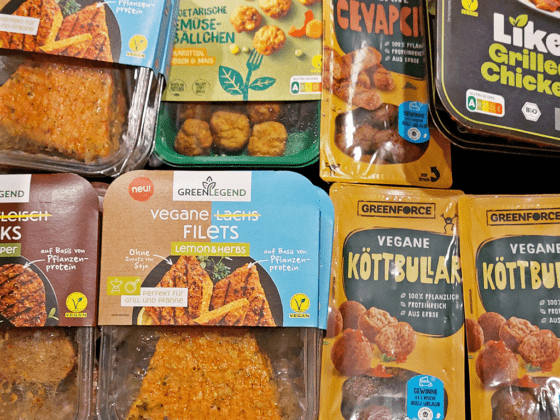“Recyclable” – we see this slogan on many packages. But who decides what is recyclable? This is where the German Central Packaging Register Office (ZSVR) comes into play. It has now taken a look at new trends. The result is sobering.
Fiber-based packaging is all the rage, as is packaging made of wood, bamboo or textiles. Until now, there was no obligation to provide evidence for fiber-based packaging – this is now changing.
Ecological added value is doubtful
What is fiber-based packaging? Here, plastic is replaced by fibers from paper production. The trade journal “Recyclingmagazin” writes: “A trend for which the ZSVR sees a fibrous aftertaste: In the course of plastic bashing, more and more fiber-based packaging is being produced in which, among other things, pasta, coffee or sausage are sold. While these suggested to consumers an added ecological value, in reality, it is often much more difficult to recycle these packagings than those made of homogeneous plastic.”
Verification obligation: flustix seal is recognized throughout Europe
Prerequisite for the recyclability of such composite packaging: The fibers must be detachable in the recycling process – and capable of being reprocessed. The suitability must be proven. flustix offers itself as a partner for the proof: The Berlin-based organization, together with established certification partner DIN CERTCO (TÜV Rheinland), distinguishes the recyclability of packaging. Manufacturers of sustainable packaging can obtain the combined seal “flustix RECYCLABLE DIN plus” in a quick and uncomplicated way. The basis of the verification is a laboratory analysis in which they prove the recyclability of the materials used in the packaging. You can read more about the process here.
In addition to fiber-based packaging, environmentally conscious consumers also like to use packaging made of wood, bamboo or textiles. It may feel good, but it doesn’t necessarily do good: Such products cannot be processed in recycling plants and end up in incineration. The new minimum standard of the ZSVR also takes this into account: Packaging made from such supposedly sustainable materials may no longer be labeled as recyclable in the future.
 English
English Deutsch
Deutsch




